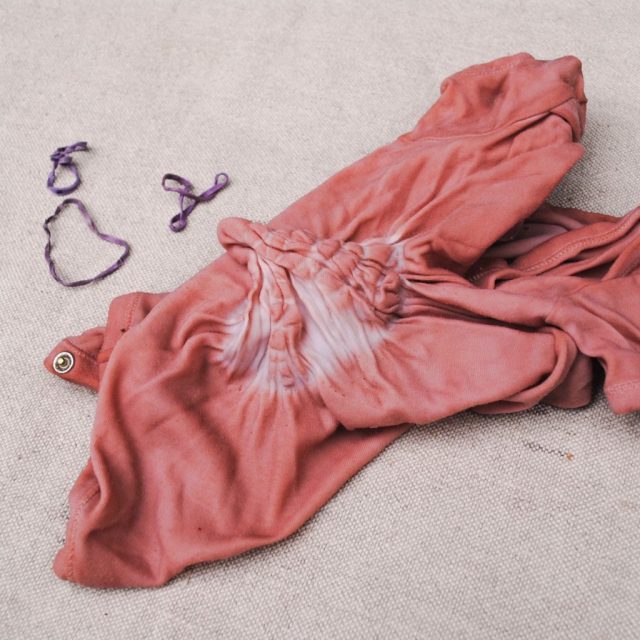Naturally dyeing easter eggs with Black Knight scabiosa
Naturally dyeing eggs is such a sweet and simple Easter tradition. It’s become my yearly ritual, and I always like to experiment with new leaves or flowers or new dyestuff. And making use of what is growing around me feels like a nice way to turn this into a seasonal celebration, which is important to me when living in Australia where so many of our celebrations occur in the opposite season to what was intended!

I was so excited this year to realise that because Easter occurs in Autumn in Australia, all of the beautiful Black Knight scabiosa that I had been growing in my garden as a dyestuff could be used to dye my eggs too!

Black Knight scabiosa creates the most divine purple dye bath. It’s best to cook it slow and long. I like to gently heat it for about half an hour, leaving it under a simmer. Then let it sit overnight and repeat once or twice.

The beauty of using Black Knight scabiosa is that it is a pH sensitive dye, which means that you can modify the colours with acids such as vinegar and alkalis such as baking soda, as you can see in the tutorial:
If you don’t have this flower available, you can absolutely still follow this tutorial. Use a different edible dye bath such as onion skins, beetroot, purple cabbage, turmeric or edible dye flowers like I have done here. And the leaves or flowers you use for the relief prints should also be edible. That way you can still eat the eggs after you have enjoyed their beauty.
Here’s a closer look at the results. The top two eggs were the original colour, the middle two were modified with baking soda and the bottom two were modified with vinegar:

I used duck eggs for this video, which had the advantage of being very pale. It’s hard to find white chickens eggs where I live. But brown eggs absolutely work, the results are just a bit darker. Here’s some brown chicken eggs that I dyed and modified using the same technique:

The top two eggs were modified with vinegar and went a lovely maroon, while the bottom two were modified with baking soda and went a stronger green than on the duck eggs. It’s hard to pick up these natural colours in a photo or video, but in real life they were so delicate and enchanting!

Thanks for joining me for a moment of easter crafting. Do you decorate eggs in your house? Or mark the season in some other way?
Happy dyeing and happy Easter!
PS: A note of caution. I have seen Scabiosa variably referred to as either edible or not edible but just non-toxic. I’m still searching for something more definitive. So please do your own research and make your own choices about what feels safe to consume. Even though most of the dye stays on the outside, sometimes a small amount does come through into the egg white.

Naturally dyeing easter eggs with Black Knight scabiosa Read More »




























